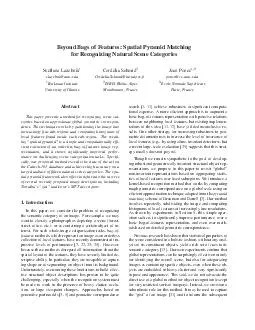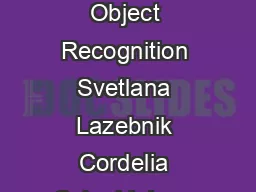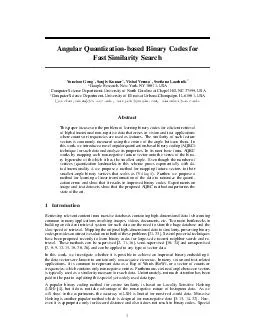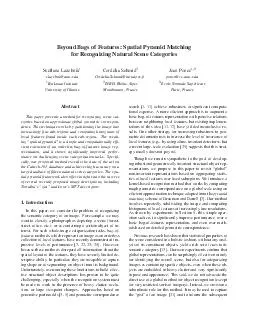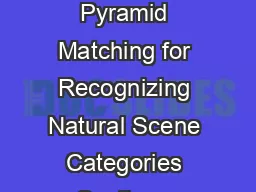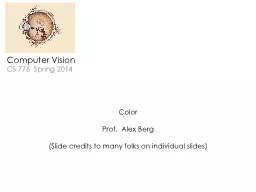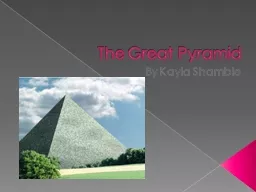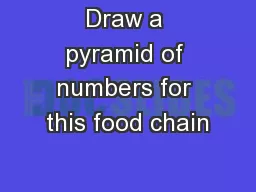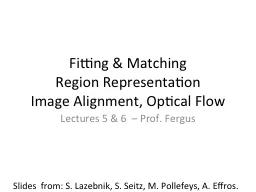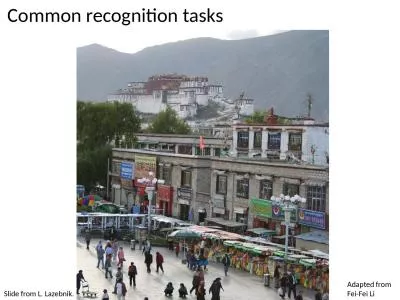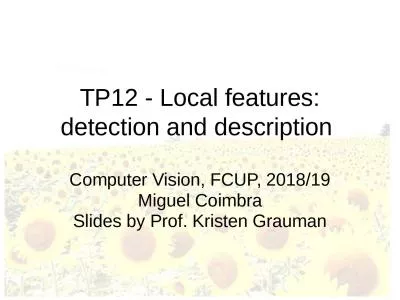PDF-Beyond Bags of Features Spatial Pyramid Matching for Recognizing Natural Scene Categories
Author : luanne-stotts | Published Date : 2014-12-21
edu Beckman Institute University of Illinois Cordelia Schmid CordeliaSchmidinrialpesfr INRIA Rh oneAlpes Montbonnot France Jean Ponce poncecsuiucedu Ecole Normale
Presentation Embed Code
Download Presentation
Download Presentation The PPT/PDF document "Beyond Bags of Features Spatial Pyramid ..." is the property of its rightful owner. Permission is granted to download and print the materials on this website for personal, non-commercial use only, and to display it on your personal computer provided you do not modify the materials and that you retain all copyright notices contained in the materials. By downloading content from our website, you accept the terms of this agreement.
Beyond Bags of Features Spatial Pyramid Matching for Recognizing Natural Scene Categories: Transcript
Download Rules Of Document
"Beyond Bags of Features Spatial Pyramid Matching for Recognizing Natural Scene Categories"The content belongs to its owner. You may download and print it for personal use, without modification, and keep all copyright notices. By downloading, you agree to these terms.
Related Documents

